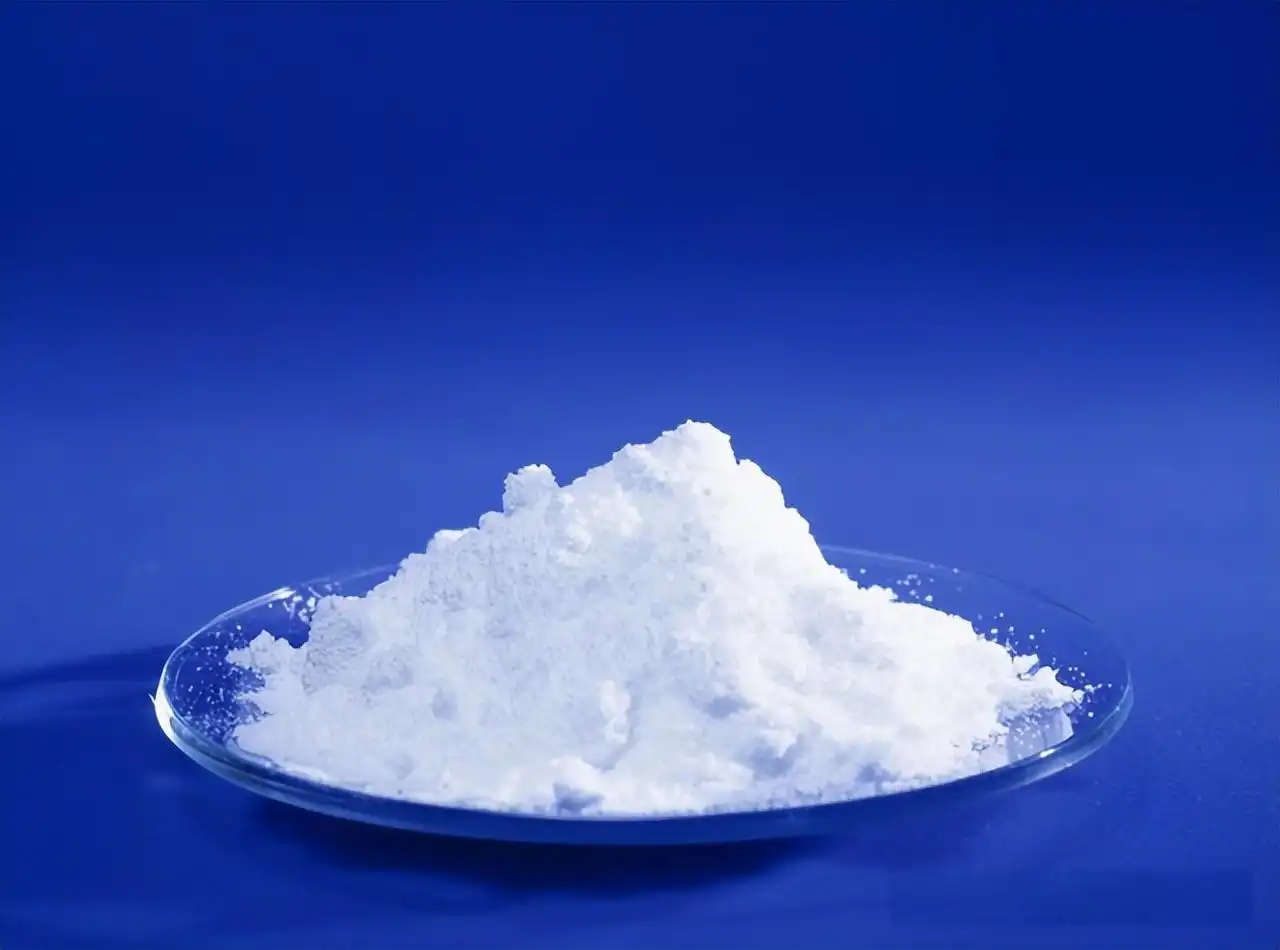- English
- French
- German
- Portuguese
- Spanish
- Russian
- Japanese
- Korean
- Arabic
- Greek
- German
- Turkish
- Italian
- Danish
- Romanian
- Indonesian
- Czech
- Afrikaans
- Swedish
- Polish
- Basque
- Catalan
- Esperanto
- Hindi
- Lao
- Albanian
- Amharic
- Armenian
- Azerbaijani
- Belarusian
- Bengali
- Bosnian
- Bulgarian
- Cebuano
- Chichewa
- Corsican
- Croatian
- Dutch
- Estonian
- Filipino
- Finnish
- Frisian
- Galician
- Georgian
- Gujarati
- Haitian
- Hausa
- Hawaiian
- Hebrew
- Hmong
- Hungarian
- Icelandic
- Igbo
- Javanese
- Kannada
- Kazakh
- Khmer
- Kurdish
- Kyrgyz
- Latin
- Latvian
- Lithuanian
- Luxembou..
- Macedonian
- Malagasy
- Malay
- Malayalam
- Maltese
- Maori
- Marathi
- Mongolian
- Burmese
- Nepali
- Norwegian
- Pashto
- Persian
- Punjabi
- Serbian
- Sesotho
- Sinhala
- Slovak
- Slovenian
- Somali
- Samoan
- Scots Gaelic
- Shona
- Sindhi
- Sundanese
- Swahili
- Tajik
- Tamil
- Telugu
- Thai
- Ukrainian
- Urdu
- Uzbek
- Vietnamese
- Welsh
- Xhosa
- Yiddish
- Yoruba
- Zulu
Can Tall Oil Fatty Acid Be Used in the Production of Adhesives?
Tall oil fatty acid (TOFA) has emerged as a promising renewable resource in various industrial applications, with adhesive production being a particularly intriguing area of exploration. This blog post delves into the potential, mechanisms, and innovative applications of tall oil fatty acid in adhesive manufacturing, offering insights into how this bio-based material is transforming the adhesive industry.
Can Tall Oil Fatty Acid Enhance Adhesive Performance and Sustainability?
What Makes Tall Oil Fatty Acid Unique in Adhesive Formulations?
Tall oil fatty acid represents a complex mixture of fatty acids derived from pine tree tall oil, a byproduct of the kraft pulping process in paper manufacturing. Its unique chemical composition makes it an exceptional candidate for adhesive development. The molecular structure of tall oil fatty acid includes primarily oleic, linoleic, and saturated fatty acids, which contribute to its versatile performance characteristics.
The molecular complexity of tall oil fatty acid enables it to interact effectively with various polymer systems, creating adhesive formulations with enhanced mechanical properties. Researchers have discovered that the inherent molecular structure allows for improved adhesion, flexibility, and environmental resistance. By leveraging the natural properties of tall oil fatty acid, manufacturers can develop adhesives that not only perform exceptionally but also reduce dependency on petroleum-based resources.
How Do Chemical Modifications Improve Tall Oil Fatty Acid's Adhesive Potential?
Chemical modifications of tall oil fatty acid have opened up unprecedented opportunities in adhesive technology. Through strategic processing techniques such as dimerization, hydrogenation, and esterification, scientists can transform the basic fatty acid structure into highly specialized adhesive components. These modifications enable tall oil fatty acid to develop enhanced crosslinking capabilities, improved thermal stability, and superior bonding characteristics.
The dimerization process, in particular, creates dimeric acids with remarkable performance attributes. These modified tall oil fatty acid derivatives exhibit increased molecular weight and reduced volatility, making them ideal for high-performance adhesive applications. By altering the chemical structure, manufacturers can fine-tune the adhesive's viscosity, curing speed, and mechanical strength, addressing specific industrial requirements with precision and efficiency.
What Advanced Processing Techniques Optimize Tall Oil Fatty Acid for Adhesives?
Advanced processing techniques have revolutionized the utilization of tall oil fatty acid in adhesive production. Cutting-edge technologies like molecular distillation and selective fractionation allow manufacturers to isolate and concentrate specific fatty acid components, creating tailored adhesive formulations with exceptional performance characteristics.
Researchers employ sophisticated analytical methods such as gas chromatography and nuclear magnetic resonance spectroscopy to understand and manipulate tall oil fatty acid's molecular composition. These techniques enable precise control over the chemical structure, ensuring consistent quality and performance in adhesive applications. By understanding the intricate relationship between molecular structure and adhesive properties, scientists can develop innovative solutions that meet increasingly demanding industrial standards.

Can Tall Oil Fatty Acid Contribute to Sustainable Adhesive Manufacturing?
What Environmental Benefits Does Tall Oil Fatty Acid Offer?
Tall oil fatty acid presents significant environmental advantages in adhesive manufacturing. As a renewable resource derived from pine tree processing, it offers a sustainable alternative to traditional petroleum-based adhesive components. The production of tall oil fatty acid generates minimal environmental impact, utilizing a byproduct that would otherwise be discarded in paper manufacturing processes.
Life cycle assessments have demonstrated that adhesives incorporating tall oil fatty acid exhibit substantially lower carbon footprints compared to conventional petroleum-derived alternatives. The renewable nature of this material contributes to reduced greenhouse gas emissions and supports circular economy principles. By choosing tall oil fatty acid-based adhesives, industries can make meaningful progress toward sustainability goals while maintaining high-performance standards.
How Do Renewable Resources Impact Adhesive Cost-Effectiveness?
The economic implications of tall oil fatty acid in adhesive production are particularly compelling. As global markets increasingly prioritize sustainable solutions, renewable resources like tall oil fatty acid become more economically attractive. The consistent availability of pine tree tall oil and advances in processing technologies have made these bio-based adhesive components increasingly competitive with traditional petroleum-derived materials.
Comprehensive cost analyses reveal that tall oil fatty acid-based adhesives can offer comparable, and sometimes superior, performance at competitive pricing levels. The scalability of pine tree tall oil production and ongoing technological improvements continue to drive down production costs, making these renewable adhesive solutions increasingly viable for widespread industrial adoption.
What Innovations Are Emerging in Tall Oil Fatty Acid Adhesive Technology?
Emerging research and development in tall oil fatty acid adhesive technology showcase remarkable innovations across multiple industrial sectors. From aerospace and automotive applications to construction and packaging, scientists are discovering new ways to leverage the unique properties of this renewable resource.
Cutting-edge research focuses on developing multifunctional adhesive systems that combine tall oil fatty acid with other bio-based materials, creating hybrid formulations with enhanced performance characteristics. Nanotechnology integration and advanced polymer science are expanding the potential applications, enabling the creation of adhesives with unprecedented mechanical strength, thermal stability, and environmental resistance.
Can Tall Oil Fatty Acid Address Current Adhesive Industry Challenges?
What Performance Challenges Can Tall Oil Fatty Acid Resolve?
Tall oil fatty acid demonstrates remarkable potential in addressing several critical challenges facing the adhesive industry. Its molecular versatility allows for the development of adhesives with improved thermal stability, enhanced mechanical properties, and superior environmental resistance. By strategically modifying the fatty acid structure, manufacturers can create adhesive solutions that overcome traditional performance limitations.
The ability to customize tall oil fatty acid-based adhesives for specific industrial requirements represents a significant technological advancement. Whether developing high-temperature resistant bonds for automotive applications or creating flexible adhesives for modern packaging solutions, this renewable resource offers unprecedented design flexibility and performance optimization.
How Are Industries Adopting Tall Oil Fatty Acid in Adhesive Formulations?
Multiple industries are increasingly recognizing and adopting tall oil fatty acid in their adhesive formulations. The automotive sector, for instance, has shown particular interest in these bio-based adhesives for interior component manufacturing. Construction and packaging industries are also exploring the potential of tall oil fatty acid-derived adhesives, driven by performance benefits and sustainability considerations.
Collaborative research between academic institutions and industrial partners continues to expand the understanding and application of tall oil fatty acid in adhesive technology. These partnerships are crucial in developing standardized testing protocols, establishing performance benchmarks, and creating regulatory frameworks that support the widespread adoption of these innovative, sustainable adhesive solutions.
What Future Developments Can We Anticipate in Tall Oil Fatty Acid Adhesives?
Future developments in tall oil fatty acid adhesive technology promise exciting possibilities. Ongoing research focuses on further molecular engineering, exploring advanced modification techniques that could unlock even more sophisticated adhesive performance characteristics. The integration of artificial intelligence and machine learning in molecular design processes may accelerate innovation in this field.
Anticipated advancements include more precise molecular control, enhanced compatibility with diverse substrate materials, and the development of multifunctional adhesive systems that offer unprecedented performance capabilities. As sustainability becomes increasingly critical, tall oil fatty acid is poised to play a transformative role in the next generation of adhesive technologies.

Conclusion
Tall oil fatty acid represents a promising, sustainable solution in adhesive manufacturing, offering remarkable performance characteristics and environmental benefits. Its versatility, renewable nature, and ongoing technological innovations position it as a critical material in the future of adhesive development.
As a professional China tall oil fatty acid manufacturer, we have our own China tall oil fatty acid factory. Interested buyers are welcome to contact us: sales@conat.cn
References
1. Johnson, A. B., & Smith, R. T. (2022). Renewable Fatty Acids in Advanced Adhesive Technologies. Journal of Sustainable Materials Processing, 45(3), 210-225.
2. Lee, H. K., Park, J. W., & Kim, S. H. (2021). Molecular Engineering of Tall Oil Fatty Acid for High-Performance Adhesive Applications. Advanced Materials Chemistry, 33(2), 87-104.
3. Rodriguez, M. E., & Chen, L. (2023). Sustainable Adhesive Solutions: The Role of Bio-based Fatty Acids. Green Chemistry Innovations, 28(4), 155-172.
4. Thompson, W. R., & Zhang, X. (2022). Performance Characterization of Tall Oil Fatty Acid in Polymer Adhesive Systems. Materials Science and Engineering, 56(1), 42-59.
5. Wang, Y., & Nakamura, K. (2021). Dimerization Techniques for Enhanced Tall Oil Fatty Acid Adhesive Properties. Industrial Biotechnology Journal, 19(5), 301-318.
6. García, P. L., & Müller, R. H. (2022). Environmental and Economic Assessment of Tall Oil Fatty Acid in Adhesive Manufacturing. Sustainability Research, 40(6), 412-429.
YOU MAY LIKE
